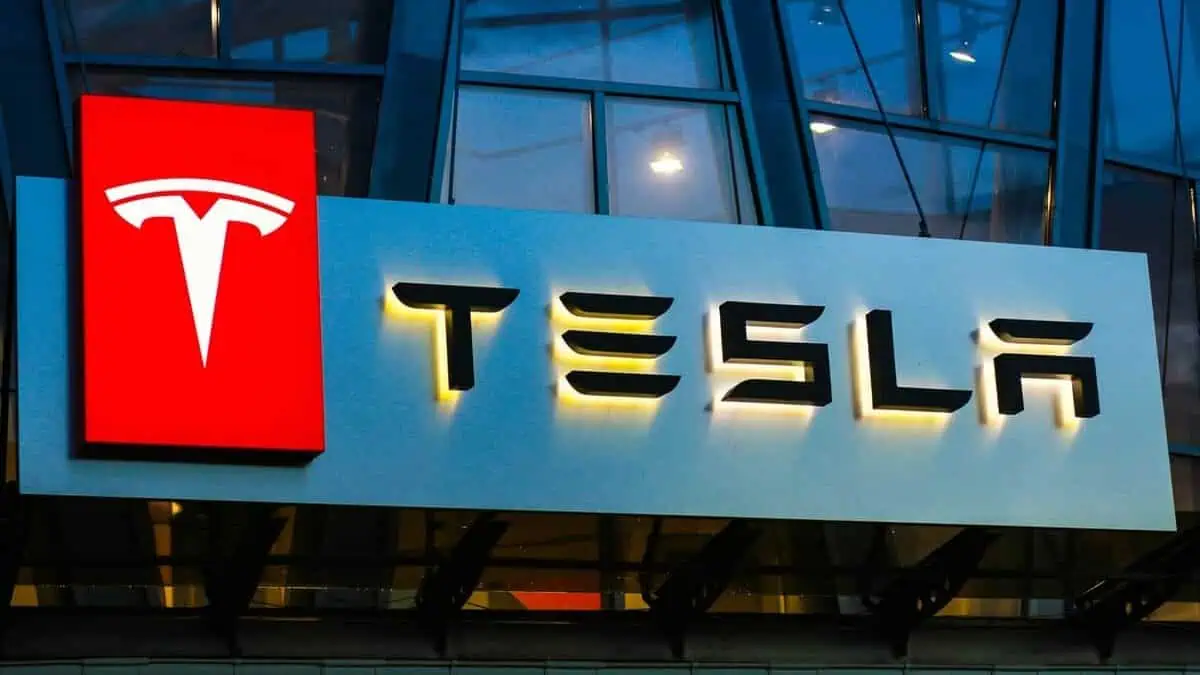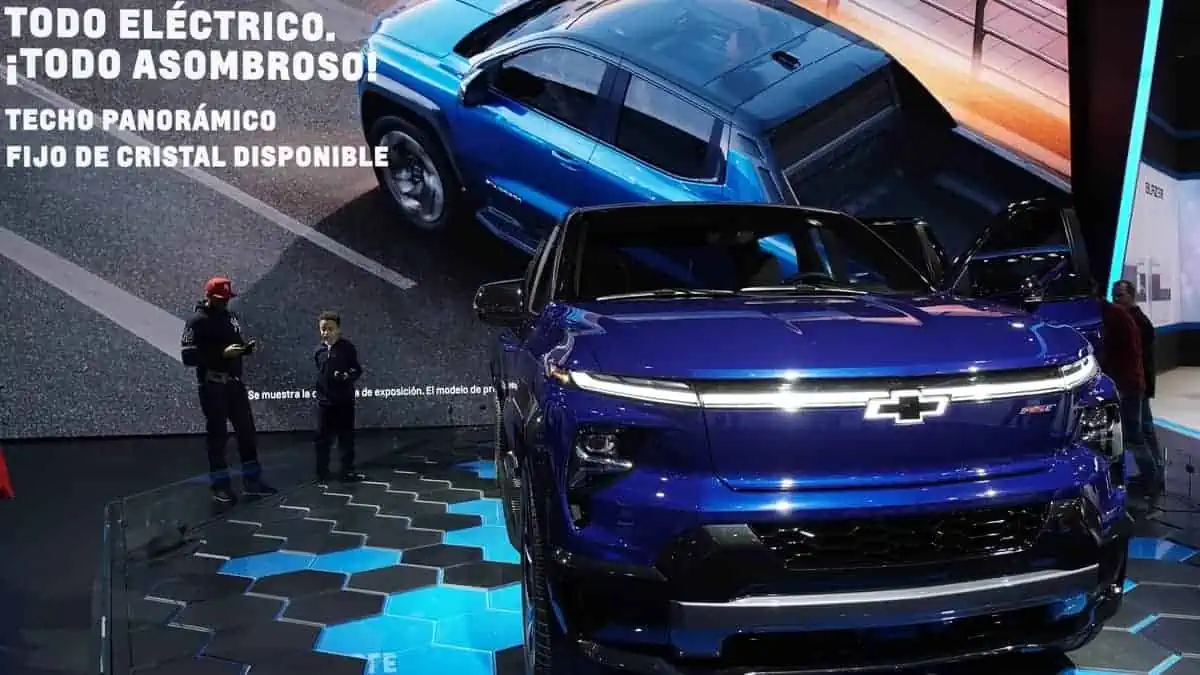Last year, Tesla built a new Megafactory to produce Megapack batteries in Lathrop, California. And now, the company’s new battery energy storage system (BESS) factory is almost ready and is scaling up production, according to InsideEVs.
Megapack Factory For Battery Packs
The goal was to have a new factory producing large battery packs for utility-scale energy storage products. As Tesla’s CEO stated, the company aims to build 40 GWh of Megapacks annually.
This week, the manufacturer unveiled a short video for the first time in its Linkedin profile, showing the plant and some of the production processes.
Although the manufacturing facility has been operating for about a year, Tesla had only made much effort once the automaker began to increase hiring last month.
The carmaker is now looking for more employees as the electric vehicle industry invests and competes for workers.
“Meet Megafactory, our new Megapack factory in Lathrop, CA. Join us in manufacturing the future of energy storage.”
Tesla’s video can be accessed via the upload from TeslaNorth.
The Lathrop site is quite large as it envisioned an output of 40 GWh of Tesla Megapack systems per year, according to the announcement from last year.
A single Megapack container has about 3 MWh capacity, including all necessary power electronics.
In addition, with 40 GWh, Tesla should manufacture more than 13,000 Megapacks annually. As the production capacity is recent, deployment would not be noticeable until the fourth quarter and into 2023, when the company could install the battery packs and energy storage projects can be commissioned,
Battery Energy Storage System (BESS)
The brand’s energy business is expected to expand rapidly with its new manufacturing facility. Notably, the company recently set a quarterly record of 2.1 GWh of BESS deployment (all types).
When the Lathrop plant is completely finished, more than 10 GWh will be installed per quarter.
It will be a change for the whole industry and will be a great help to utilities looking for affordable and high-volume battery systems.
Tesla’s advantage will be large BESS like the Megapack, series production at high volume, and use of the Lithium Iron Phosphate (LFP) battery chemistry.
Previously, the company announced the shift to LFP cells in an entry-level version of its Model 3/Y vehicles and energy storage systems.
Now, BESS amounts to only several percent of Tesla’s total revenues, and margins are lower than in cars. Due to the company quickly expanding its EV business with higher production of vehicles and newer models, BESS’s share might remain under 10% in the future.






